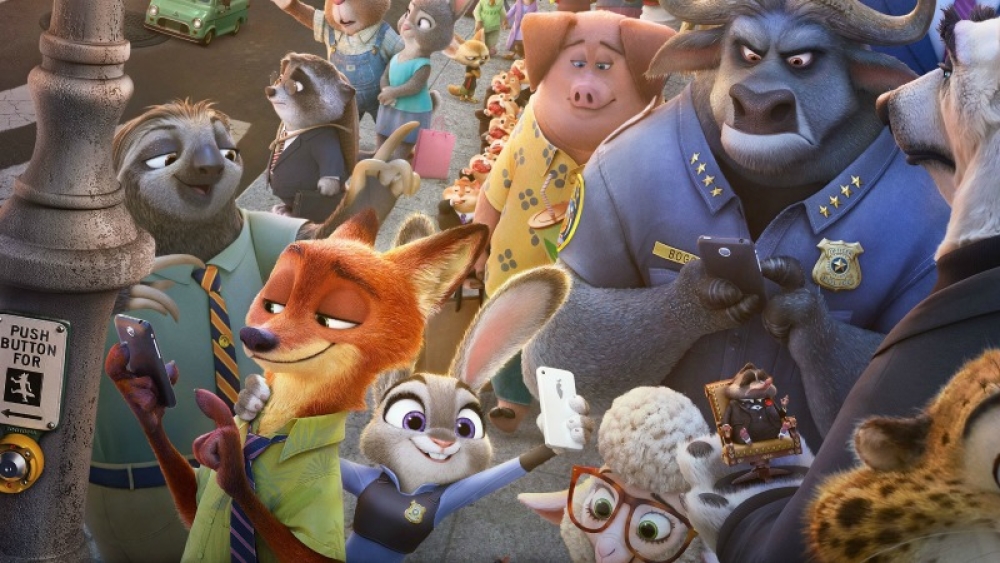John Lasseter's advice for copywriters (and animators)
16 Mar 2016
On the eve of the release of Pixar's Zootropolis, Pixar founder John Lasseter has some advice for those working in the creative arts - go back to basics

On the eve of the release of Pixar's Zootropolis, Pixar founder John Lasseter has some advice for those working in the creative arts - go back to basics
It's difficult to argue with the creative impact of Pixar. The studio, set up by Apple founder Steve Jobs to showcase the Pixar Image Computer and the parent company NeXt, it has done far more that that, and the computer is largely forgotten.
That bastion of everything children, Walt Disney, bought Pixar in 2006 and this triggered a creative reverse-takeover of Disney's venerable animation department, as described by Disney's president of animation studios Andrew Millstein in 2015.
Speaking recently to the BBC's Front Row programme, Pixar's creative chief John Lasseter described the process of digital filmmaking.
He started with a story about his brother who was at design school and sewing away. His brother told him that crazy patterns on a traditional fabric worked, as did crazy patterns on traditional fabrics.
"But a crazy pattern on a crazy fabric - there is nothing for anyone to relate to," he said.
He said this conversation stayed with him and informed his approach to filmmaking.
"Working in computer animation, which is something nobody had seen, you can create anything you want to with computer animation. But it doesn't mean you should.
"We adhere to classic film grammar of cutting of camerawork, of staging, so it feels like a movie that everyone has seen.
"In filmmaking so much is driven by the limitations of what the early filmmakers had like the size of camera, the dollies, the tripods, these kinds of things. All these conventions that make a movie feel like a movie.
"And in computer animation in the early days there was none of that and there was nothing for anyone to relate to.
"And so what we started doing in animation - the great Disney animators taught me what I know - and applying those classic animation principles, the classic three-act story structure in classic film grammar to this brand new medium of computer animation and people sat up and they were enjoying these films.
"Yet they looked unlike anything the audience had seen, yet there was something for the audience to relate to that wasn't there before.
"So when young students come to me and they say 'oh I wanna do computer animation - that's what I would love to do. What software should I learn?'
"I say 'Don't learn the software. Learn how to draw. Learn basic design. Learn the three-act story structure. Make things. Because in your career the computer software will change every year but it's not the software that makes the film. It's what you do with the software that makes the film," he said.
This advice works beyond filmmaking.
Copywriters planning the next assault on a new medium should remember the basics, and one of the basics is to be interesting, and not to focus on the technology but the craft.

Please login to comment.
Comments